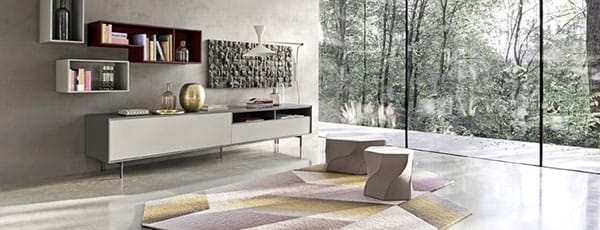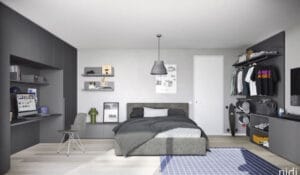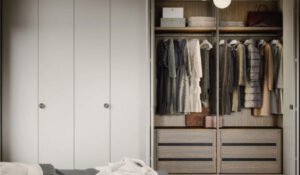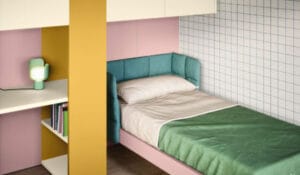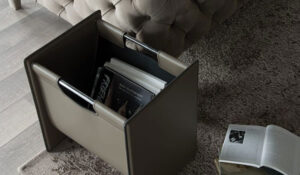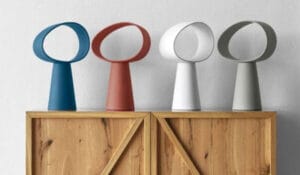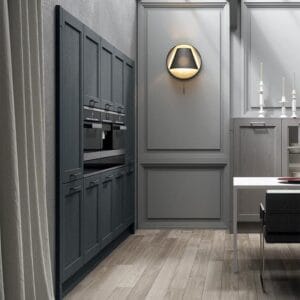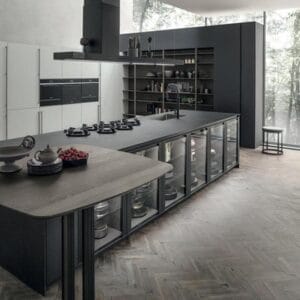When it comes to interior design, every individual project will be different, and require a different perspective to achieve the expected outcomes. Sometimes a client may want a more intimate environment designed, with low-lighting and matt colours which absorb light, however, in a lot of cases, clients may want to give the illusion of additional space and create an open and welcoming environment for their guests. This is where mirrors, irrespective of their normal function of providing one’s reflection, really shine through as a go-to.
In this blog post, we want to explain how to use mirrors in interior design to achieve several results, from giving the illusion of a bigger space, to amplifying colours and adding depth to any given room.
The Use Of Mirrors In Interior Design
Mirrors are fantastic, and know no bounds to their uses; however, every project brings its own requirements, and knowing how to use mirrors to achieve the desired effect is critical to delivering well-received results.
Mirrors can be used in the following ways:
To create additional space in smaller environments
suggest that this is achieved with wall-hung or free-standing mirrors. These mirrors when placed correctly can reflect the light available to give the illusion of a much larger room.
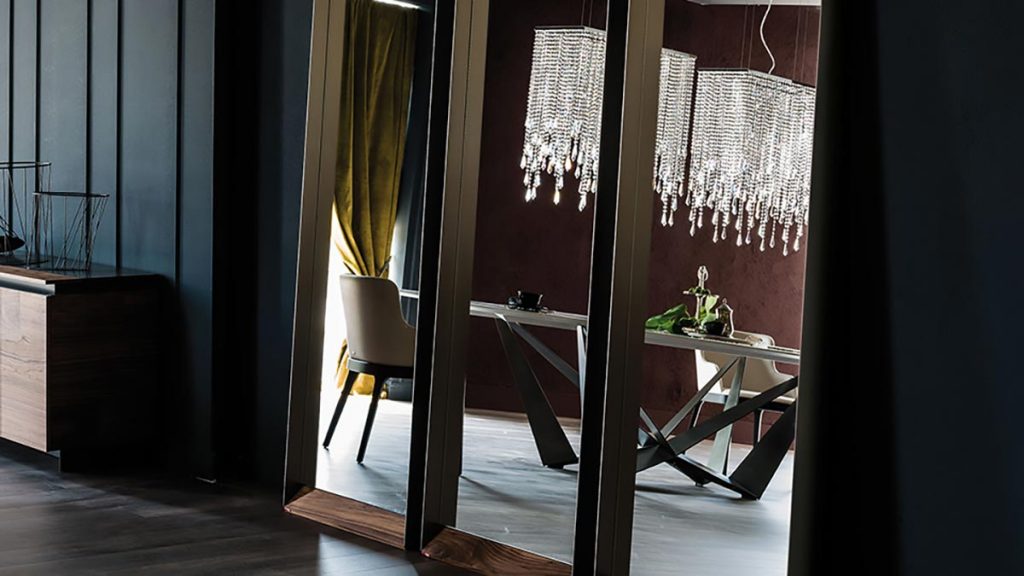
To Amplify Colours
In spaces where natural light is low, mirrors can be used to direct light to reduce dark spots in a given room. For example, if dark corners are present, mirrors can be placed strategically to reflect both natural and artificial light sources and increase the brightness of certain parts of a room.
To make an artistic point
Mirrors are fantastic at creating illusions and drawing people in with an idea; owing to this, they can be used artistically to draw attention to certain objects or furniture found in a room. As an example of a room with a monochromic colour scheme, having the mirror face an entrance whilst reflecting an object containing a primary colour which contrasts with the room can help draw attention to specific points.
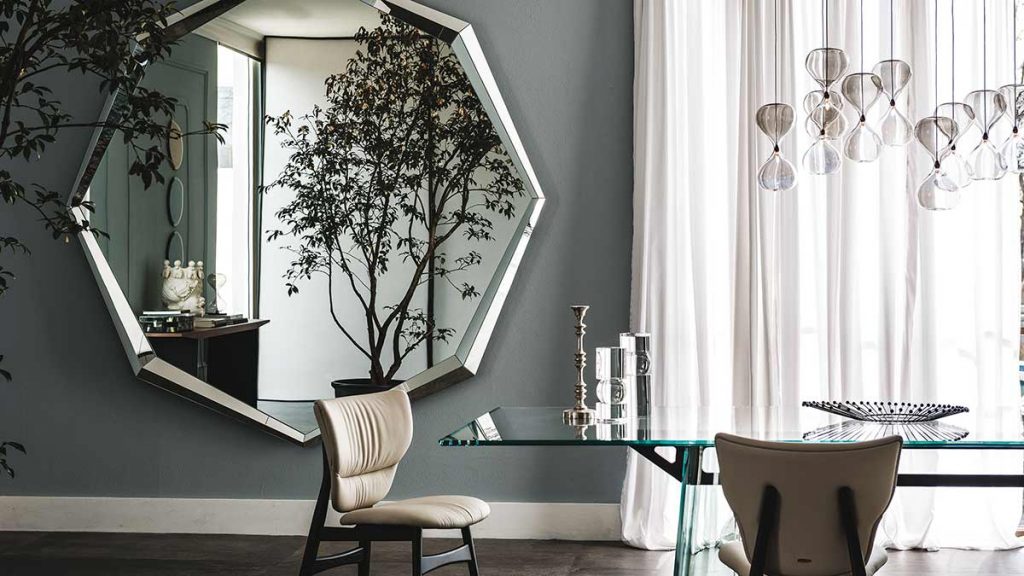
Practicality and Functional Versatility
In many instances, mirrors need to be functionally versatile and perform not only as a design element but also as a functional one. A great example of this is fitted wardrobes containing mirrored doors. The mirrors will actively work to increase the light and space available, as both natural and artificial light bounce around the room, but the mirrors will also serve the functional purpose of reflecting the outfit choices of the wearer.
Types of Mirrors In Interior Design
There are several mirror types available, and each can be used for an unlimited number of possibilities:
- Wall-hung mirrors / free-standing mirrors – these mirrors are fantastic at creating space, whilst reflecting light, and also serve as a functional way to provide your clients with a reflective surface.
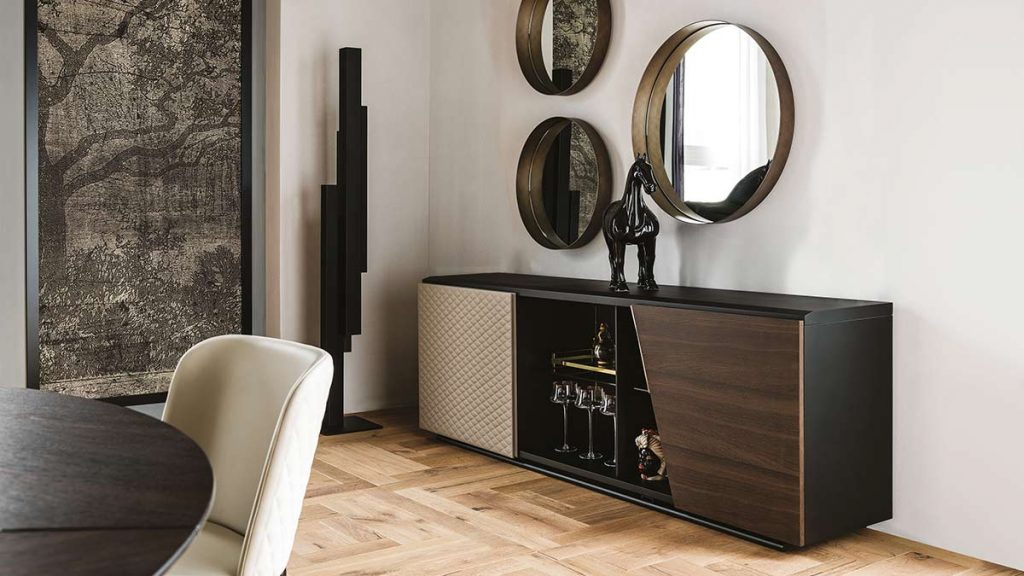
- Ceiling Mirrors – these mirrors, much like wall-mounted mirrors, are a great way of creating additional space by using light. In normal situations, the ceiling will be the surface with the largest amount of space available, so utilising this area to increase the space available in the room by manipulating the light can leave a room feeling much larger.
Creating Your Perfect Home
Amongst our wide range of products, from prestigious Italian designers like Bonaldo & Cattelan Italia, we also have a range of mirrors, perfect for increasing the space and light in your home. We also pride ourselves on our interior design services, covering every room in the house, ensuring you achieve the perfect result from your renovation.


